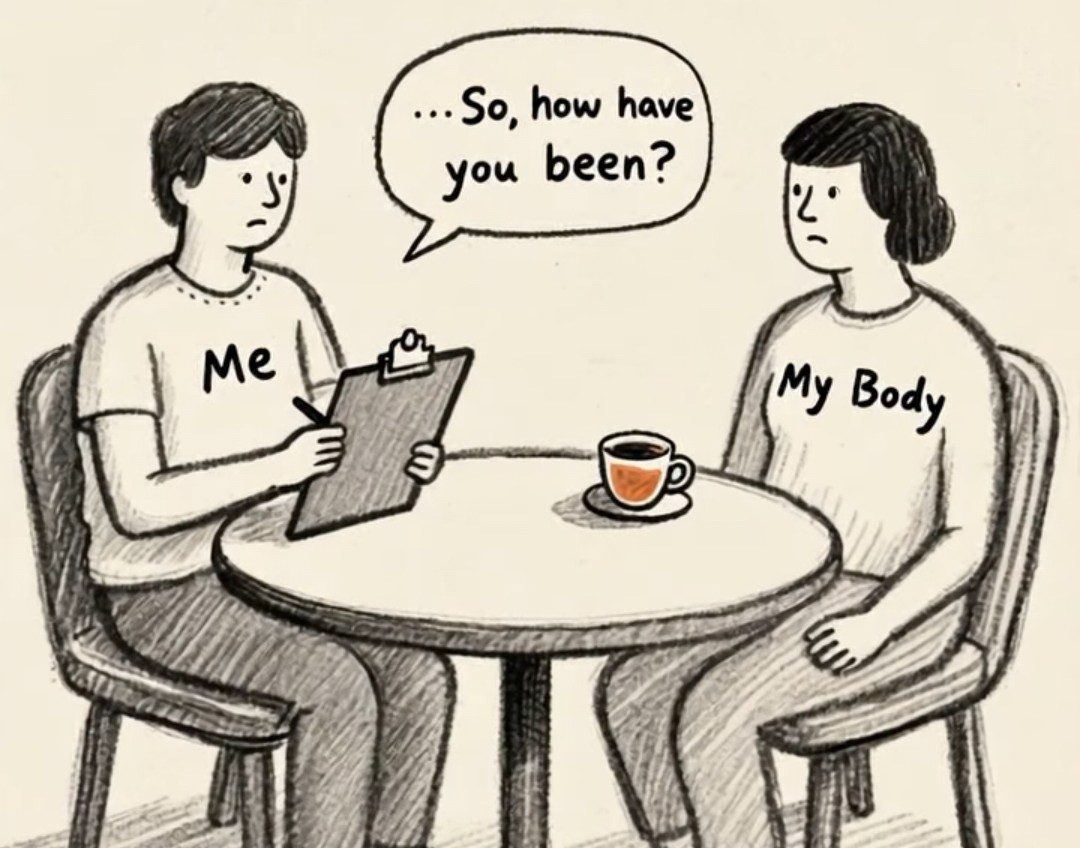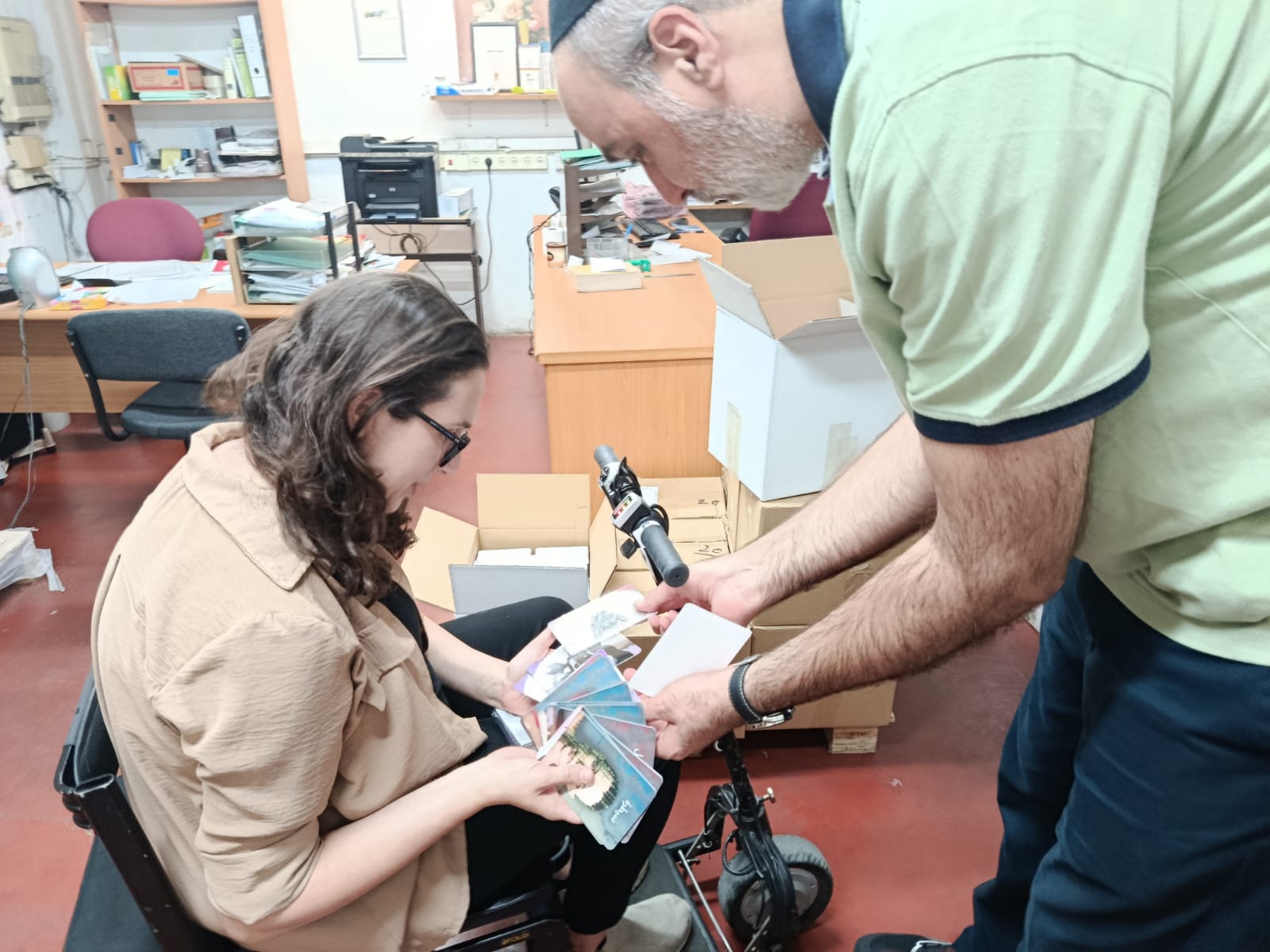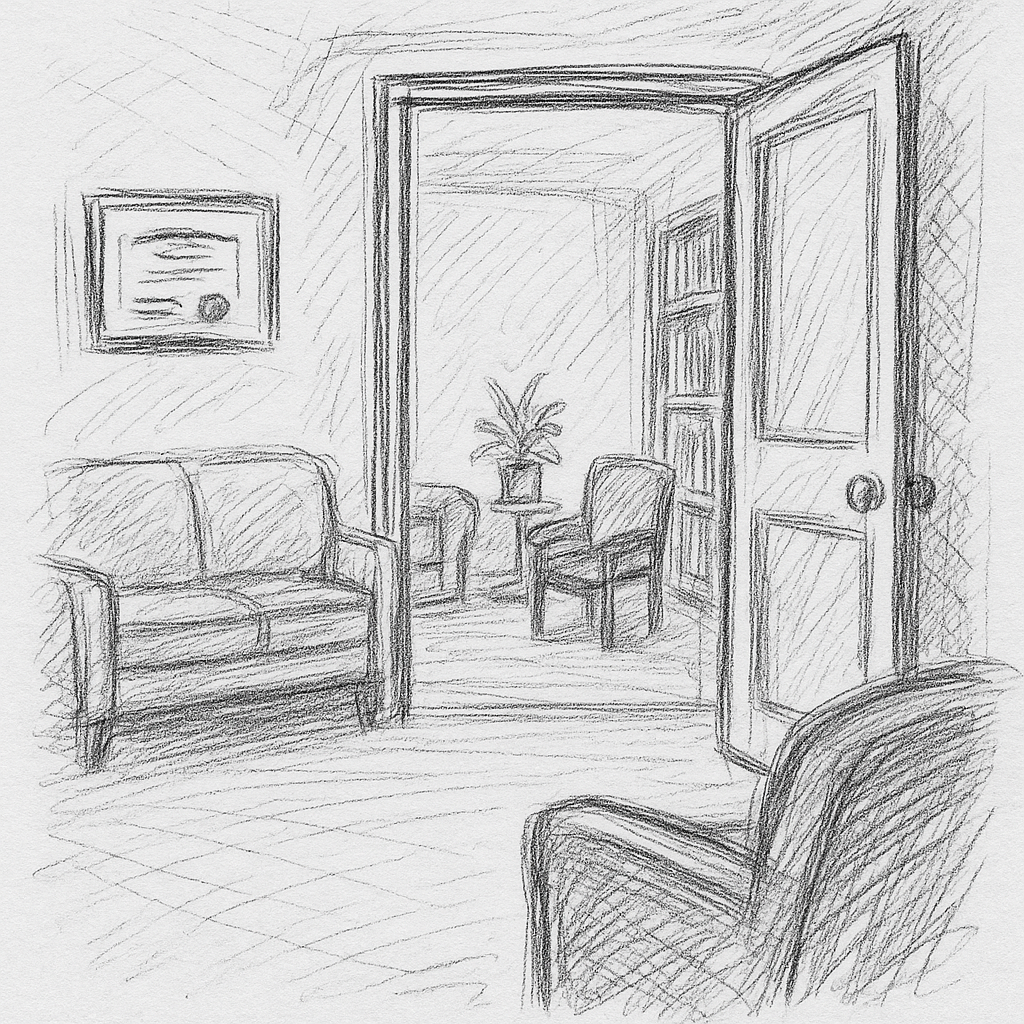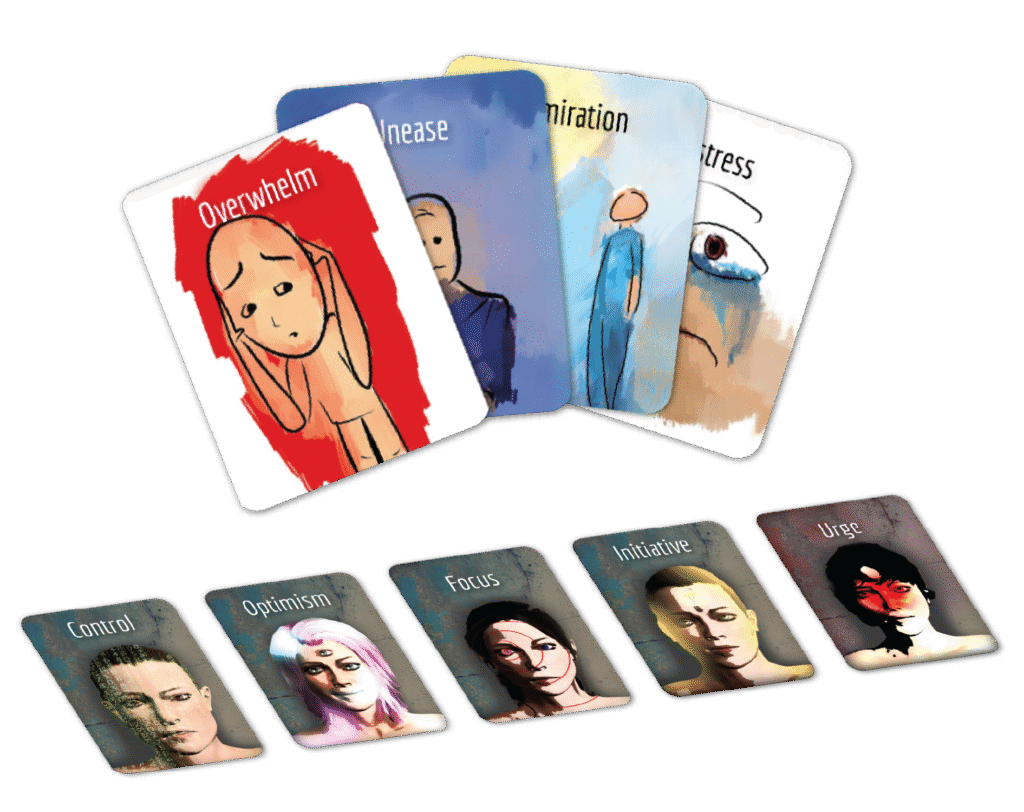Mental Health

When Clients Say “I Don’t Know” – And They Mean It
We’ve all heard it.The small shrug. The blank pause.“I don’t know.” And maybe sometimes it really is avoidance. But more often, it’s something softer — a nervous system trying to stay safe. When someone says “I don’t know,” it can mean: “I don’t know” isn’t a wall. It’s a pause. A moment between knowing and being ready to name it. Here are a few ways to meet that pause with care. 1. Ask the Body, Not the Brain When the mind freezes, the body often still remembers.Try inviting: “If this had a place in your body, where would you feel

Meeting My Humor Part
What happens when I stop laughing at my pain—and start listening to the part of me that laughs? This week, I pulled the Humor card from Parts in Me and decided to ask it a few questions—just to see what it might say back. Because humor has always been here with me.It sneaks in during fear, slides into grief, fills the silence in shame. Sometimes it’s been the rope that pulled me out of the dark. Other times, it’s been the wall that kept me from touching what hurt. So I asked Humor what it was really trying to do.

The Role of Humor in Therapy: How to Use It Without Losing Connection
Humor has always found its way into therapy rooms. Sometimes it’s a bridge, sometimes a shield, sometimes a lifeline. The question isn’t whether humor belongs—it does. The question is how to use it in ways that deepen the work, rather than distract from it. As someone who has both sat in the client’s chair and created tools for therapists, I’ve seen humor play out on both sides. Used carefully, it can validate, protect, and help clients breathe. Used carelessly, it can minimize or deflect. Here are eight ways to think about humor as a therapeutic tool. 1. Notice Who It’s

Body Awareness Experiment
I tried a little experiment this week.I opened a Google Form with just one question:What is my body feeling, and what is it asking of me? The first part, what I’m feeling, was pretty easy.But recognizing that those sensations are actually a request for something? That’s totally new for me. It all started when my girlfriend felt nauseous, and I offered her pills (which I didn’t have, obviously).She said, “It’s okay, maybe it’s better if I listen to what my body’s trying to tell me, instead of numbing it.”And I said, “Yeah, nice idea, but that doesn’t work for me,

Healing Across Borders: The Story Behind Our Collaboration with EMDR4PEACE
At OK2Feel, everything we create grows out of lived experience, the raw, messy, beautiful work of being human. As someone who lives with anxiety, chronic pain, and disability, I know what it means to feel broken by the world and still reach toward healing. That’s why our recent collaboration with EMDR4PEACE feels so personal. EMDR4PEACE is a grassroots organization that brings together Israeli and Palestinian therapists to train side by side in post-trauma care. It’s not about ignoring pain or pretending things are fine—it’s about the quiet, radical work of healing in a region fractured by violence, grief, and fear.

The Space Between Sessions: Helping Clients Hold Emotional Threads
Some of the most meaningful parts of therapy unfold after the session ends—during the drive home, in a moment of silence three days later, or when a familiar trigger lands a little differently than before. But the space between sessions can also feel blank, disjointed, or too much to hold alone. Here are 12 ways to help clients stay gently connected to the work between meetings—without pressure, assignments, or over-structuring. Just small gestures of holding, together. 1. Invite Curiosity About the Week Ahead Instead of focusing on what clients “should” notice, try: “I wonder if anything from today might echo


You must be logged in to post a comment.